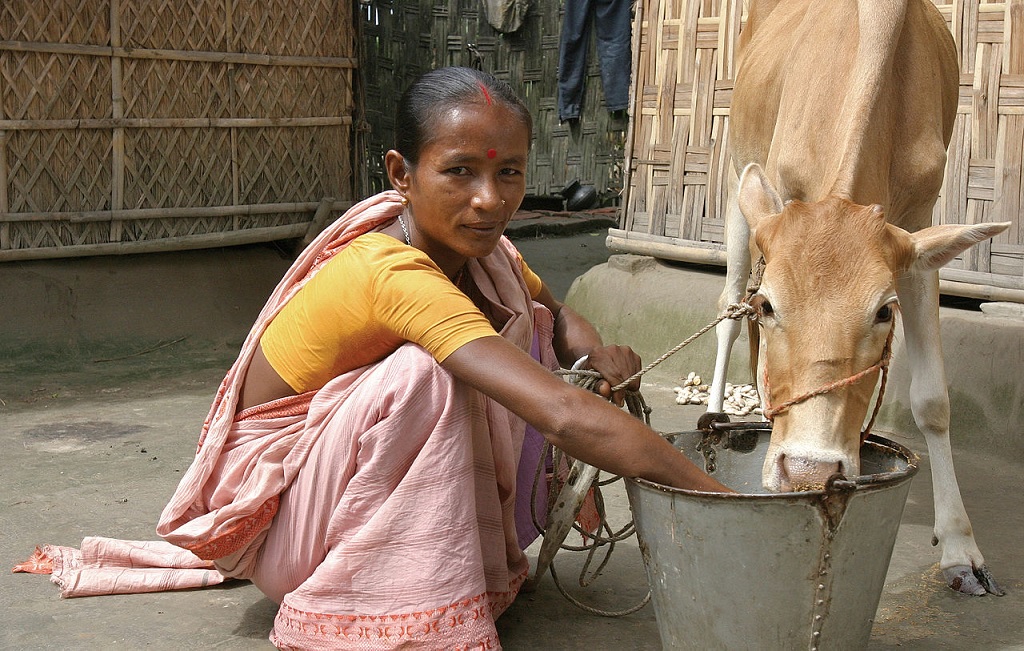Kiva: A Good Idea That Went to Seed

Kiva: A Good Idea That Went to Seed
Among internet-fueled ideas for helping people and making real impact in marginalized parts of the world, Kiva was one of the best.Sometimes, it only takes a little opportunity to pull someone out of poverty. That's the inspiration behind philanthropic microfinance, which provides tiny loans of working capital to people who are usually overlooked by traditional lending institutions since they're considered unprofitable or unreachable.Imagine a hypothetical mother living in an underserved, rural area in a country like the Dominican Republic, Kosovo, Bangladesh or Ghana. She would love to see her kids in school, but there aren't too many ways to make money for school fees in her village. However, a small loan, even for as little as $200, could buy the means of production, such as a milk goat or a sewing machine. By selling the cheese or clothes she makes, she can cover school fees, pay off the loan, and over time, even save enough to invest and grow her new business.According to the World Bank, in 2021, 76% of adults around the world had an account at a bank or regulated financial institution, up 50% from 2011 figures. Some of that is due to the growth of microfinancing organizations like Kiva.Founded by newlyweds Matt Flannery and Jessica Jackley back in 2005 when the concept of microfinance was enjoying its fifteen minutes of fame, Kiva is a 501(c)(3) organization born of an inspired epiphany. Why not crowdfund from relatively wealthy people in the United States and Europe, who could occasionally spare a $25 contribution, and provide life-changing microloans to people living in poverty around the world? It's a loan, not a charity handout, and would provide the means for people to help themselves. Repaid funds could be loaned again and again, multiplying the effect.Kiva's real hook, the quality that makes it addictive to a significant number of lenders, is the ability to page through a virtual catalog of would-be borrowers, like farmers in Kenya or seamstresses in Afghanistan, picking and choosing individuals with faces and names who would (presumably) directly benefit from a lender's $25 buy-in. There are even the occasional messages from borrowers, thanking lenders for the opportunity and detailing the entrepreneurial progress they've made.These personal connections, however, aren't as direct as implied. In reality, Kiva borrowers are already funded through third-party lending institutions. Those $25 contributions are used to backfill available funds at those institutions, shifting the risk of default or currency loss to the philanthropically-minded crowdfunders instead of the lending institutions. Meanwhile, the usual reward that compensates for the risk of lending capital is interest, but interest payments from these microloan borrowers accrued to the financial institutions who originally provided the loan, not to the crowdfund contributors who were taking on the risk of lending to unstable new businesses or low-income people unable to obtain traditional lines of credit.All of that is laid out for people willing to dig into the details on Kiva's website, but how many would-be contributors investigate that deeply, or look into the financials underlying the operation? When the site changed its format in 2021, obscuring how much the borrowers would pay in interest on each microloan, a devoted group of core patrons did.It turns out that in 2019, Kiva had begun charging its lending partners fees of up to 8%. That, combined with the notion that the borrowers who were trying to turn a microloan opportunity into a bridge out of poverty were also being hit with interest rates that could soar as high as 70%. Microfinance organizations defend interest charges as necessary to make the whole system possible, but it seems intuitively, morally wrong for executive salaries and bonuses to be extracted from the sweat of poor people trying to farm, sew, and milk their way out of desperate circumstances.
 A microfinance client in Tzaneen, South Africa. Photo by GiveWell, courtesy of Wikimedia Commons. CC BY 3.0
A microfinance client in Tzaneen, South Africa. Photo by GiveWell, courtesy of Wikimedia Commons. CC BY 3.0
Sources:
What happened to the microfinance organization Kiva?
How do Kiva loans work?
How we got to $1 billion: A look at Kiva’s history
Microfinance
The Global Findex Database 2021
Kiva Finances
Anthropology Expert Says Bill Gates’ Positive World View Is Deeply Flawed
Fact Sheet: An Adjustment to Global Poverty Lines
Against Enclosure: The Commoners Fight Back
Big Money Backs Tiny Loans That Lead to Debt, Despair and Even Suicide

About Dawn Allen
Dawn Allen is a freelance writer and editor who is passionate about sustainability, political economy, gardening, traditional craftwork, and simple living. She and her husband are currently renovating a rural homestead in southeastern Michigan.
